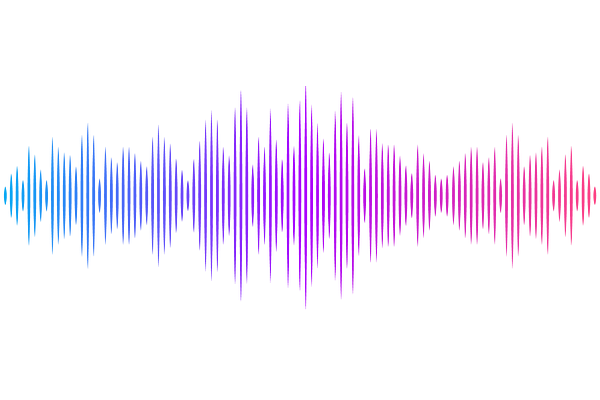Bioelectricity generation by Symbiodinium microadriaticum: a symbiont-forming photosynthetic dinoflagellate alga from coral reefs

Bioelectricity generation by Symbiodinium microadriaticum: a symbiont-forming photosynthetic dinoflagellate alga from coral reefs
Marcel, L.; Simon, J. T.; Lawrence, J. M.; Menkin, S.; Barbrook, A. C.; Nisbet, R. E. R.; Howe, C. J.; Zhang, J. Z.
AbstractClimate change is intensifying the phenomenon of coral bleaching, a highly ecologically damaging process that stems from the breakdown in the symbiotic relationship between photosynthetic dinoflagellate algae and Cnidaria (animals). Currently, little is understood about bleaching at the molecular level, since changes in metabolic and redox interactions between the dinoflagellate algae and Cnidaria are challenging to study. Here, we developed electrochemical approaches to measure extracellular electron transfer (EET, a type of bioelectricity) in Symbiodinium microadriaticum, a model species of symbiont-forming dinoflagellate algae, and show how this can be used to assess intracellular bioenergetic fluctuations within the alga. We show that EET is dependent on two major intracellular pathways -- photosynthesis and respiration -- and reveal that expelled electrons exit the cell via diffusible electron carriers. We confirm that EET activity can be affected by environmental stressors linked to coral bleaching, such as changes in temperature, pH and light intensity. Overall, this is a direct and non-invasive approach to provide quantitative measurements of S. microadriaticum\'s bioenergetics and redox exchanges with the environment in stress conditions. This platform can aid our understanding of the coral-dinoflagellate symbiosis and the molecular mechanisms of bleaching.